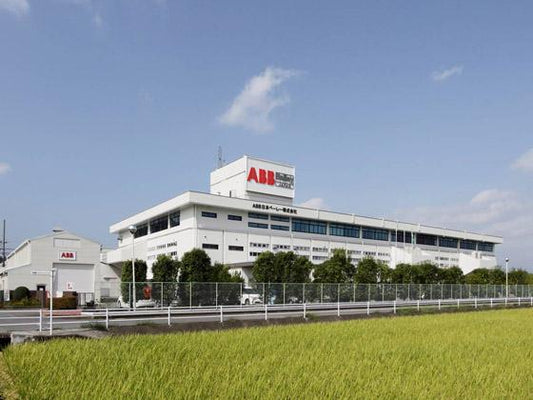Biztonság biztosítása veszélyes automatizálási környezetekben
A veszélyes környezetek speciális automatizálási megoldásokat igényelnek, amelyek garantálják a működési biztonságot és minimalizálják a kockázatokat. Az ilyen körülmények között történő automatizálási rendszerek telepítése gondos tervezést és szigorú szabványok betartását követeli meg. Ezeknek az óvintézkedéseknek a figyelmen kívül hagyása katasztrofális meghibásodásokhoz vezethet, veszélyeztetve a munkavállalókat és a közeli berendezéseket.
A veszélyes környezetek főbb kihívásai
A veszélyes környezetek gyakran tartalmaznak robbanásveszélyes gázokat, gyúlékony folyadékokat és éghető port. Ezek az elemek meggyulladhatnak, ha az automatizálási alkatrészek túlzott hőt, elektromos szikrákat vagy statikus kisülést generálnak. Ezért a mérnököknek robusztus biztonsági intézkedésekkel kell megtervezniük a rendszereket, biztosítva a zavartalan működést anélkül, hogy veszélyes reakciókat váltanának ki.

Az automatizálási rendszerek alapvető biztonsági jellemzői
A balesetek megelőzése érdekében a veszélyes környezetekben alkalmazott automatizálási rendszerek több védelmi mechanizmust integrálnak. A robbanásbiztos burkolatok megvédik az elektronikus alkatrészeket, megakadályozva a szikrák kiszabadulását. Az intrinszikusan biztonságos áramkörök minimalizálják az energia kibocsátást, kiküszöbölve a gyújtási kockázatokat. Ezenkívül az érzékelők folyamatosan figyelik a hőmérsékletet, a gázszinteket és a rendszer integritását, gyorsan azonosítva a potenciális veszélyeket.
Az ipari szabványoknak való megfelelés
A nemzetközi biztonsági előírások szabályozzák a veszélyes környezetekben telepített automatizálási rendszereket. Az olyan szabványok, mint az IECEx, az ATEX és az UL biztosítják, hogy a berendezések megfeleljenek a szigorú biztonsági követelményeknek. A megfelelés nem tárgyalható, mivel a tanúsított rendszereket szigorú tesztelésnek vetik alá, hogy megerősítsék megbízhatóságukat extrém körülmények között.
A prediktív karbantartás integrálása
A prediktív karbantartás kulcsszerepet játszik az automatizálási rendszerek hatékonyságának fenntartásában. A rezgéselemzés, a termográfia és a valós idejű diagnosztika képesek észlelni a rendellenességeket még a meghibásodások előtt. A korai felismerés csökkenti a leállásokat, megelőzi a költséges javításokat és növeli a munkahelyi biztonságot. A mérnököknek prioritásként kell kezelniük az állapotfigyelést a teljesítmény optimalizálása érdekében.
A biztonságos automatizálás jövője
Az ipari automatizálás fejlődése folyamatosan javítja a biztonságot a veszélyes környezetekben. A vezeték nélküli kommunikáció csökkenti a fizikai kábelezést, minimalizálva a potenciális gyújtóforrásokat. Az intelligens érzékelők valós idejű adatokat szolgáltatnak, lehetővé téve az automatizált beállításokat, amelyek növelik a biztonságot. A mesterséges intelligencia támogatja a prediktív elemzéseket, finomítva a rendszer hatékonyságát és csökkentve a kockázatokat.
Összefoglalás
Az automatizálási rendszerek telepítése veszélyes környezetekben rendíthetetlen figyelmet követel a biztonságra. A mérnököknek integrálniuk kell a robbanásbiztos kialakításokat, a valós idejű megfigyelést és a prediktív karbantartási stratégiákat. Az ipari szabványok alapvető iránymutatásként szolgálnak, biztosítva a megbízható működést. Ahogy a technológia fejlődik, a biztonságosabb automatizálási megoldások tovább növelik a munkahelyi biztonságot, védve a személyzetet és a berendezéseket a potenciális veszélyektől.

